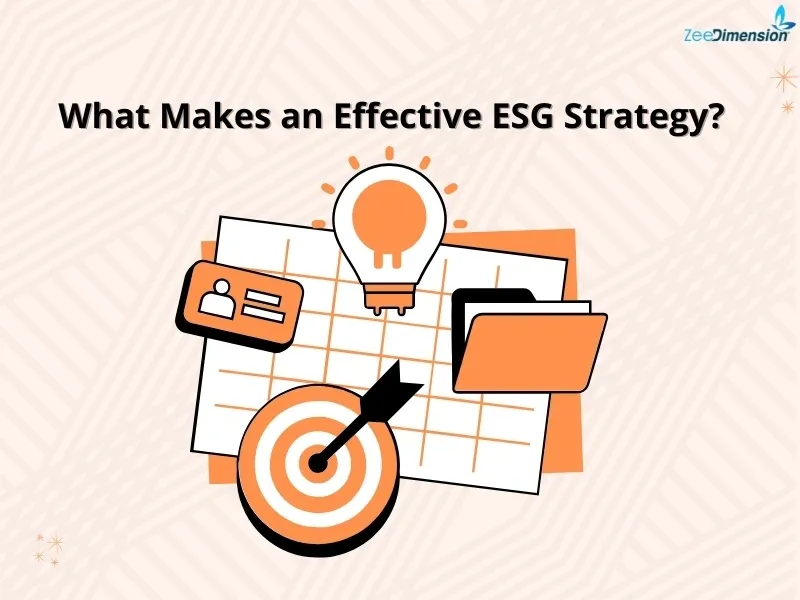
What Makes an ESG Strategy Effective?
A step-by-step guide to building a sustainable and impactful ESG framework.
Why ESG Matters
ESG isn’t just about compliance—it’s a business necessity. A strong strategy enhances sustainability, manages risk, and creates long-term value. But what truly makes an ESG strategy effective?
5 Key Components of a Successful ESG Strategy
A successful ESG strategy aligns with business goals, considers internal and external contexts, relies on measurable data, ensures clear communication, and follows a structured operating model. Let’s break it down!
1. Connected with External & Internal Context
ESG strategies must align with regulations, industry trends, and stakeholder expectations while considering business operations and resources. Without this connection, they risk becoming impractical.
2. Tied with Business Strategy
ESG shouldn’t stand alone—it must align with core business goals. Integrating ESG into risk management, financial planning, and operations drives long-term resilience and gives companies a competitive edge.
3. Data-Driven, Measurable, and Actionable
Set clear ESG KPIs, leverage technology for impact measurement, and ensure performance is quantifiable, benchmarked, and tied to business outcomes.
4. Effectively Communicated
Clear and transparent ESG communication is key to building trust with stakeholders. Regular reporting keeps investors, customers, and employees informed. Using frameworks like GRI, IFRS, and SASB ensures structured and reliable disclosures.
5. Supported by a Clear Operating Model
A strong ESG operating model starts with clear roles and responsibilities. Establishing an ESG Committee ensures oversight, while Board involvement drives accountability and long-term success.
Case Study – Alinma Bank (Saudi Arabia)
Alinma Bank integrates ESG into its corporate governance through a Chief Strategy & Sustainability Officer. Sustainability Champions ensure implementation, while the Sustainability Management Committee monitors impact.
Case Study – Majid Al Futtaim (UAE)
Majid Al Futtaim’s strategy focuses on a net-positive approach to carbon and water, circular economy practices, and climate resilience. They emphasize sustainable workplaces, employee wellbeing, and the use of disruptive technology to drive local economic development.
Case Study – Randstad (Netherlands)
ESG-driven HR policies & risk management.
Strategy aligned with KPIs & SDGs.
Transparent tracking of ESG performance.
A data-backed approach to sustainability.
How to Implement a Strong ESG Strategy
Start by conducting a materiality assessment, then define an ESG roadmap and KPIs. Integrate ESG across all business functions, monitor performance, and keep improving for ongoing success.
Final Thoughts
ESG is essential, not just a trend. Companies with robust ESG strategies have a competitive advantage. Is your ESG strategy aligned with best practices? Share your thoughts in the comments!







